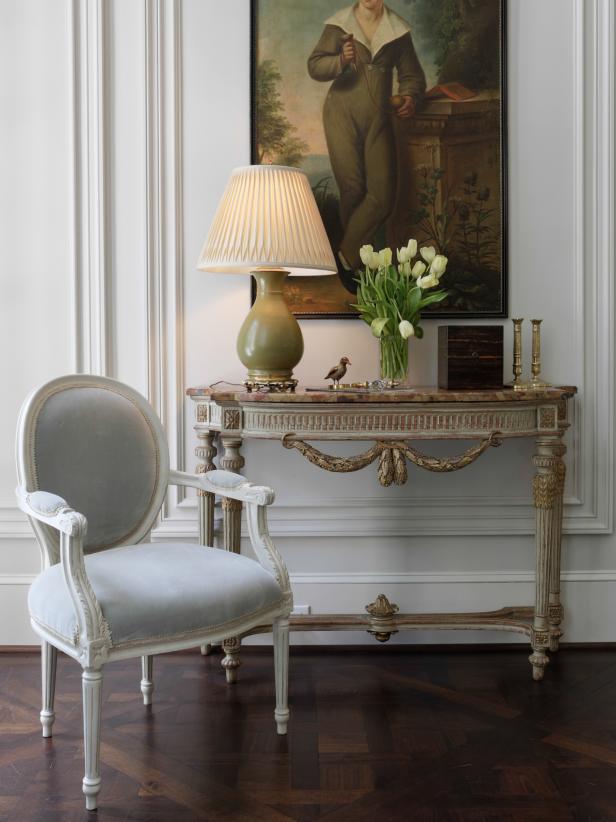
Incorporate Period Pieces The centerpiece of the bedroom, made by Sarah Richardson, is a conventional four-poster bed. Launched in the 15th century, the poster bed's original purpose was to support cloth hangings that, when closed, decreased drafts and kept that the sleepers warm. Even with no operational draperies, the bed's trendy form has charmed homeowners through the centuries, ensuring its popularity today. HGTV Magazine shares a tour of Sarah's classic home.
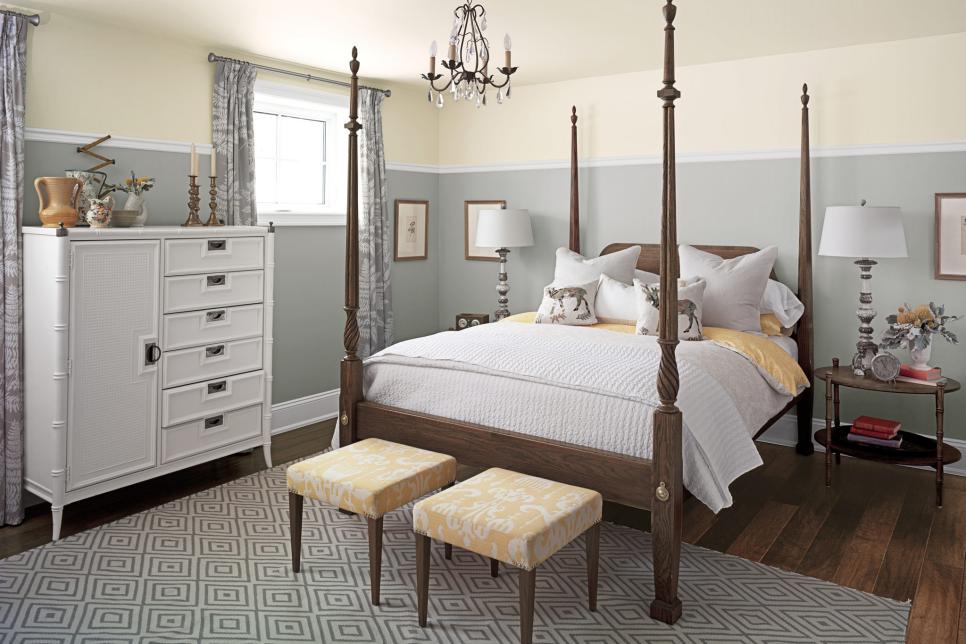
Symmetry is Essential French doors open to a space is that is all about balance. An official seating arrangement of Windsor chairs surrounding a large farmhouse table initiates conversation in this classic blue dining room. A hutch with plate railing is perfect for showing off the homeowners' Staffordshire china.
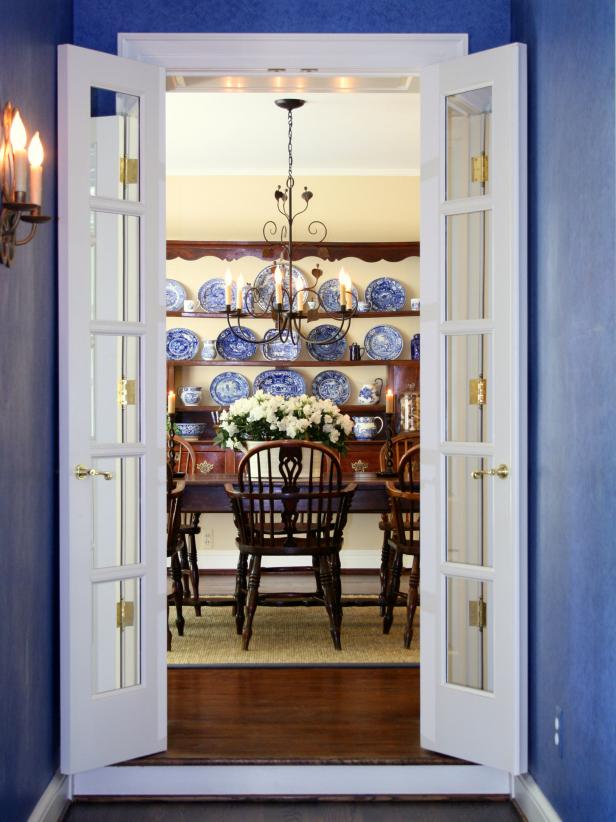
Forever Style In this light and airy entryway, bright white balusters pair with a glistening black railing for look that is simple, clean and constantly on-trend. An artful arrangement of black family photos personalize the look as a wool runner adds softness to the hardwood steps. Wool was selected because of its timeless appeal and endurance. Watch more pics of this home, that was featured in HGTV Magazine.
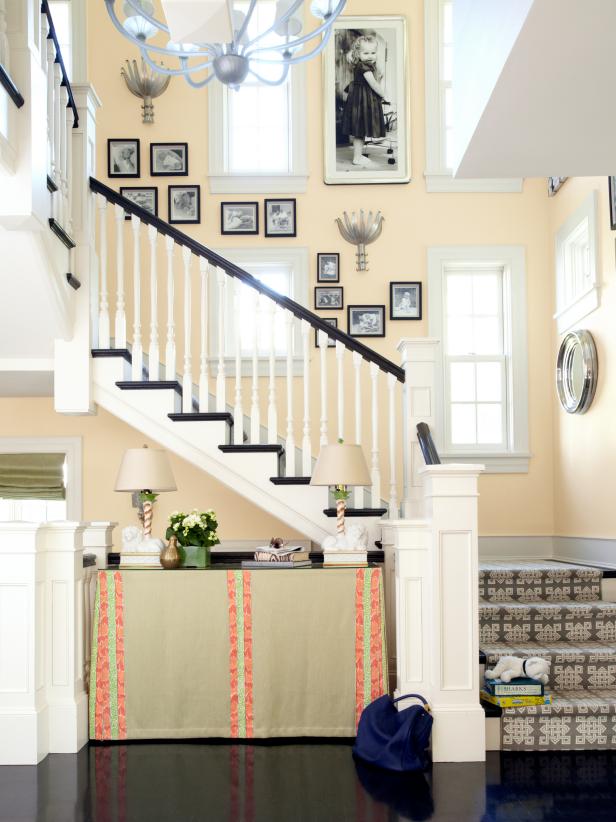
English Impact Black-and-white toile wallpaper sets the traditional tone in this open entryway and dining area click this link now. An antique dropleaf dining table is paired with black Windsor seats, which got their start as backyard seats for Windsor castle. Due to its light weight and durability, the Windsor chair turned into a popular seating option both inside and out throughout England. Later, English ex-pats attracted the timeless chair to America where the appearance has remained popular to this day.
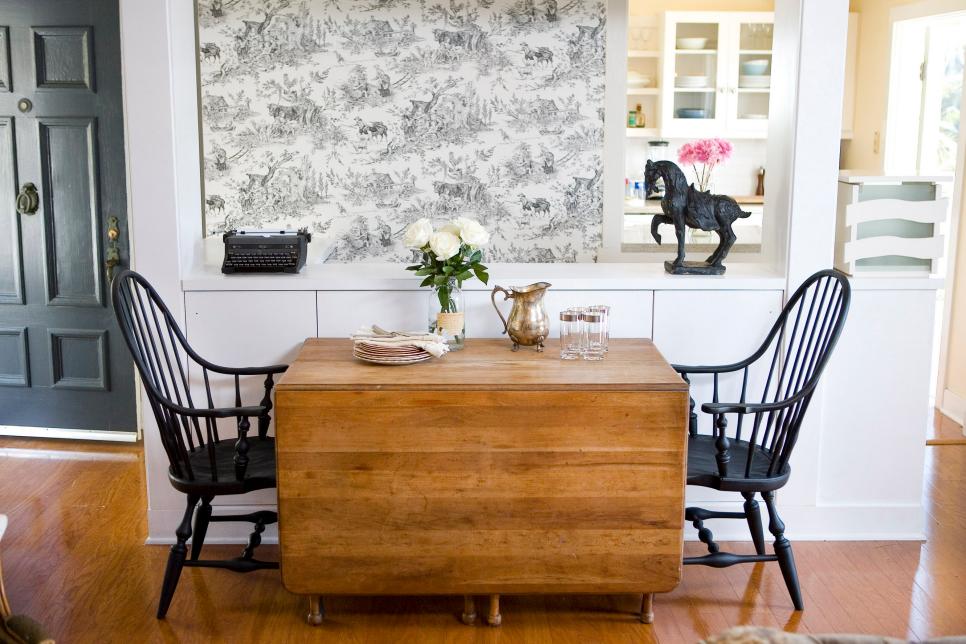
Pick Timeless Furniture Conventional design feels predictable in a good way, such as stepping into an area that is comfortable and welcoming. For this particular dining room, upholtered chairs, which comprise complementary fabrics and a painted frame, are paired with a shiny light wood dining table you can look here. A fitting buffet provides storage as well as an elegant place to serve food.
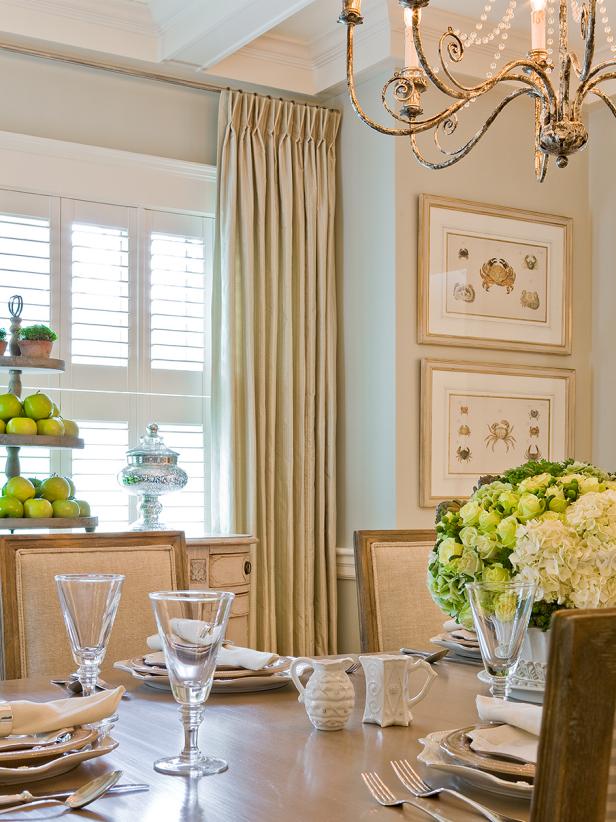
Display Your Collection The display in this tranquil bedroom reveals the power of a well-planned pub wall. Homeowner Laura Burleson struck local flea markets to pull with a mismatched group of creamware plates, platters and saucers to produce the appearance. For far less than the cost of a normal framed print, the plates attractively fill the space above the bed and create an interesting focus. Have a tour of Laura's house, which was showcased in HGTV Magazine.
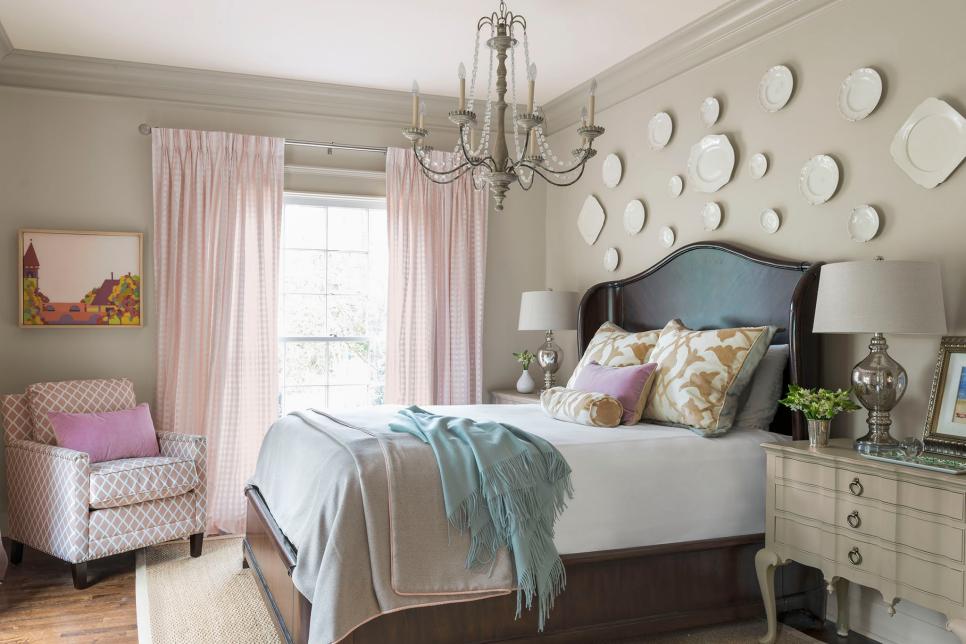
Pretty Patterned Paper A signature look in conventional design, patterned wall coverings started in Europe as tapestries more helpful hints web. The thick woven cloths acted as both insulation and artwork, but around the 16th century, block-printed wallpaper became the preferred way to dress your walls . Here, designer Sarah Richardson adds a bit of the classic appearance by backing a colorful fabric with colour, then applying it to the walls over the dining room's white-trimmed wainscot.

Rely on Antiques A surefire way to create traditional style would be always to bring in antiques. A superbly painted antique sideboard with bail handles is paired with a black-and-white photo gallery this content. Chair railing creates a natural divide to use two unique wallpapers, a modern twist on the conventional wall coverings.

All in the Details Stunning ornamentation feels at home in traditional layout look these up. This, an elegant white desk, including classically curved thighs, foliage molding themes and ornate rosettes, is transformed to a long, open bathroom vanity these details. Adding a timeless touch is your gray-and-white marble backsplash with ogee edge.
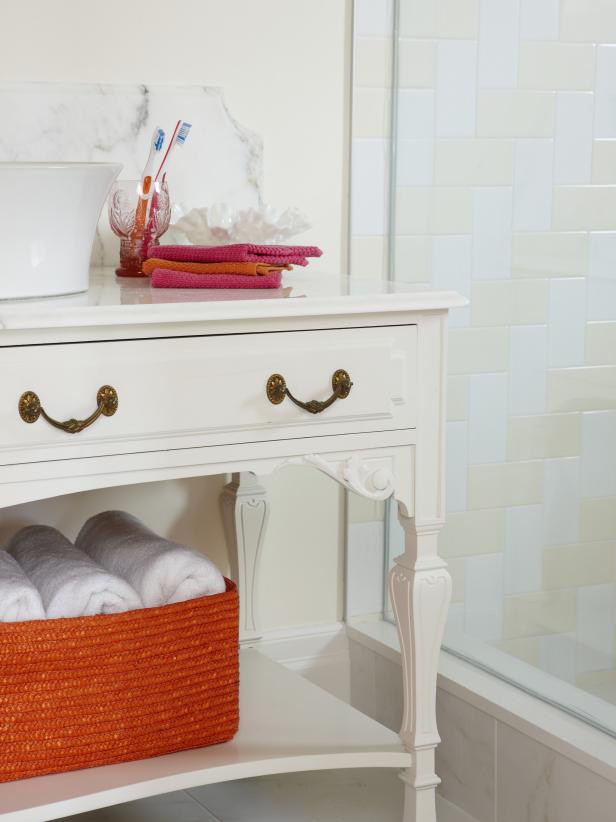
Take the Style Overhead Popular in Old World architecture, coffered ceilings have found renewed interest with today's traditionalists. The elevated box detail are an easy way to add architectural interest to any formal space. Here, grasscloth panels fitted in every coffer lend texture and color.

Insert Cartoon With Architecture Engineered wood panels and moldings are a hallmark of conventional style. Whether ornate or compact, they're a surefire way to provide even a small space a more upscale appearance. And, of course, no conventional room is complete without a crystal chandelier.

Grounded in Tradition Vintage shapes and substances are utilized to create a chic vignette on this vanity weblink. Used as a symbol of immortality, the urn is a traditional shape which was frequently utilized in cemeteries or monuments. Though silver trays may have gotten their start as tea servers in the late 1700s, they quickly became a popular accessory in interior layout.
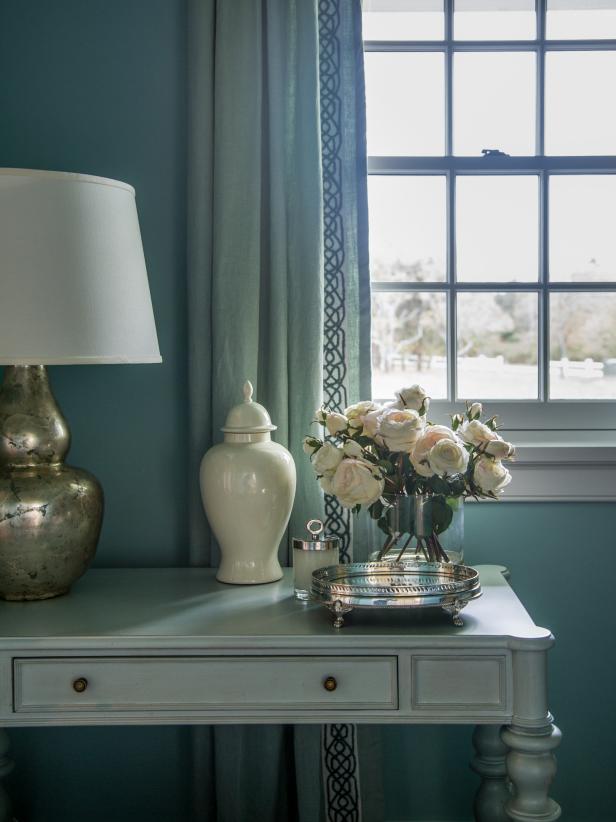
Dressed-Up Formality Vintage materials bring a traditional vibe to this formal living space these details. Grasscloth covers the walls, while windows are dressed with classic drapes and scalloped valances click this link now. Shiny metals, such as chrome, don't have a place in traditional design that site. Look for hot bronzes, golds and coppers to add sparkle to your area.
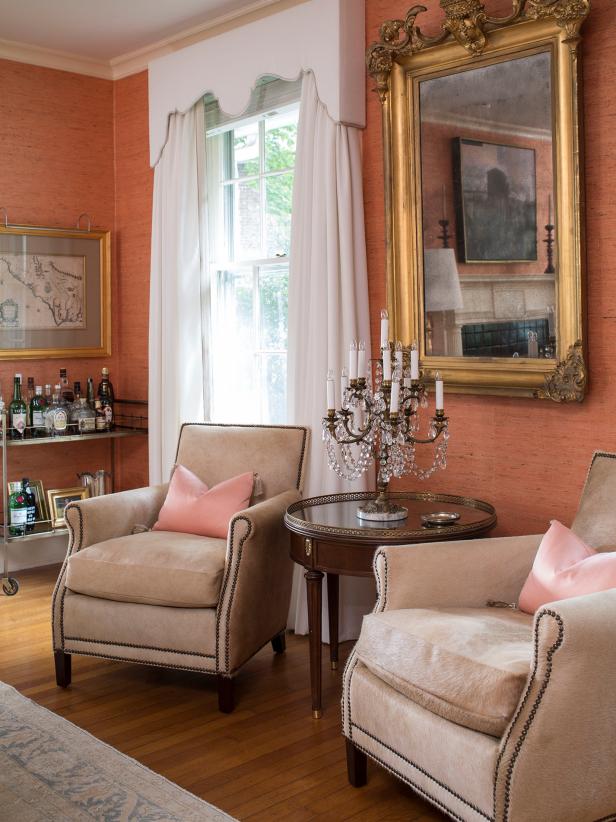
Bursting With Ornamentation Architectural details, such as Corinthian columns and elaborate moldings, create a stunning yet formal announcement in this bedroom and sitting room go right here. A gorgeous chandelier hangs over a four-poster bed, while Asian area rugs, a true vintage, bring warmth to the hardwood flooring.
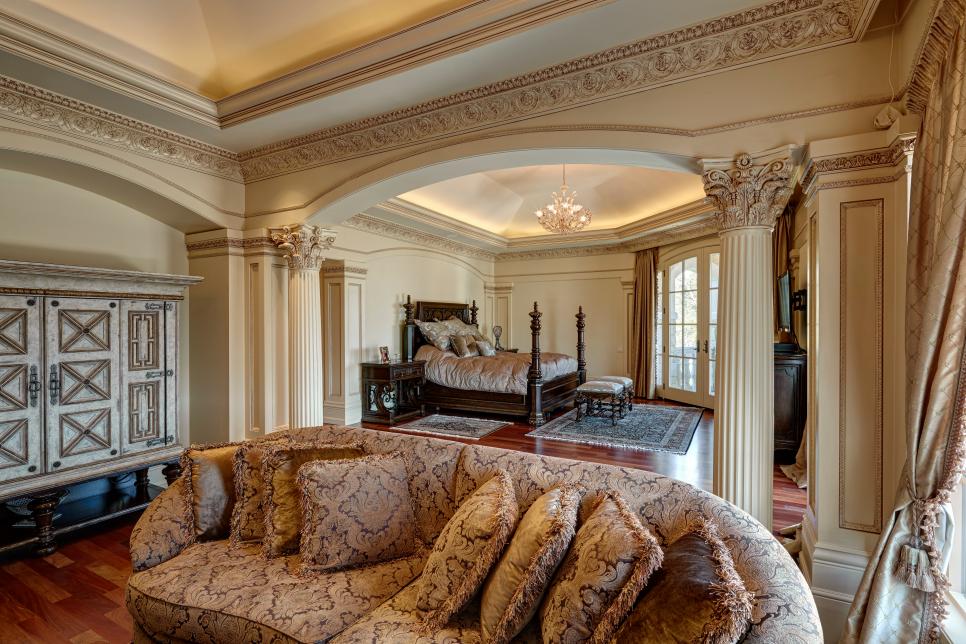
No comments:
Post a Comment